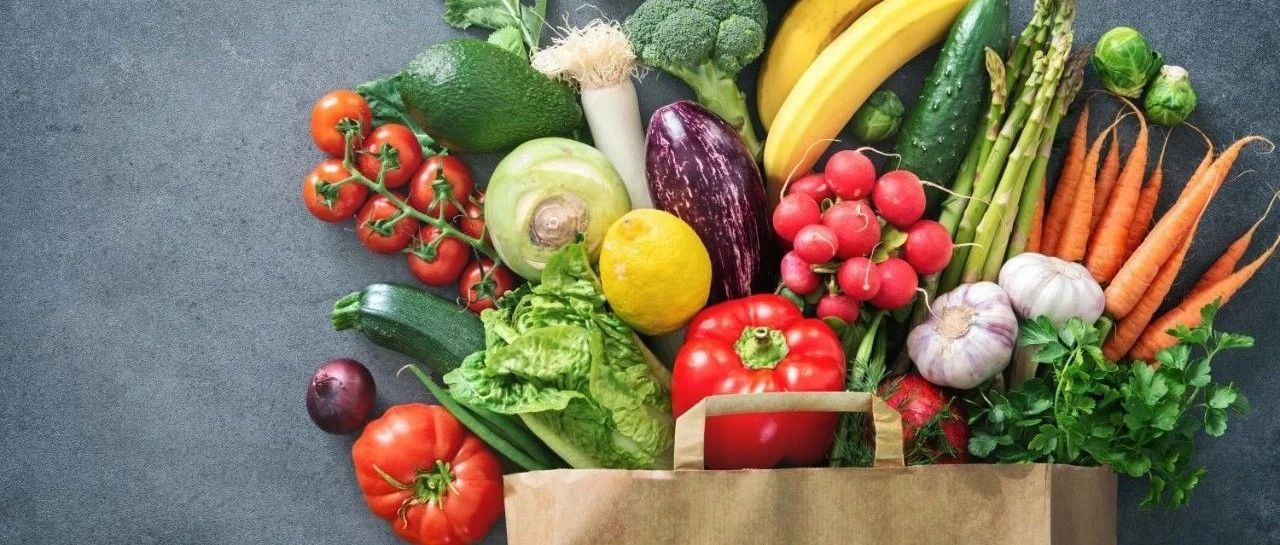We cannot live without fruits and vegetables. They are not only rich in fiber, vitamins and other nutrients needed by the human body, but also can reduce the risk of disease.

For example, eating more green leafy vegetables can reduce the risk of cancer, while apples, pears, and citrus fruits can reduce the risk of heart disease and stroke.
However, in the process of growing fruits and vegetables, it is generally necessary to usepesticideTo avoid pest damage, to ensure the normal growth and output of plants.

According to new research from the nonprofit Environmental Working Group (EWG),More than 75% of non-organic fresh produce sold in the U.S. contains pesticide residues.
Among the common pesticide ingredients,GlyphosateLinked to cancer, liver disease, reproductive problems, birth defects, etc.;chlorpyrafosCan stunt children's development, lead to autoimmune disease...
According to the research results, EWG divides common fruits and vegetables in supermarkets into two types: those with serious pesticide residuesBlack list“Dirty Dozen” and virtually residue-freeRed List"Clean Fifteen".

The number one ranking of pesticide residues is actually: extremely high nutritional value, low calorie, cuteStrawberry!
And this isn't the first time strawberries have topped the list.Since strawberry plants basically grow close to the ground and are relatively "delicate",There is also a higher chance of being polluted by insects and soil, so growers usuallySpray a variety of pesticidesto ensure production.
In addition, EWG said that compared with the detection data in 2014 and 2016,blueberry和Haricot vertThe number of samples with detectable pesticide residues in these two foods increased,9Pesticide residues were found in 0% of the samples.

Of course the top of the red listAvocado, and has been for many years now... avocados have thick skins, which means farmers can use less pesticides when growing them.
According to the EWG survey, nearly 15% of the 65 kinds of fruits and vegetables on the red list have no pesticide residues detected, more than 10% of the samples have two or more pesticide residues, and no more than three pesticide ingredients have been detected in the first six items .

EWG advises consumers to chooseOrganic products, or try to only choose fruits and vegetables from the red list, and eat less or no black list fruits and vegetables, because some fruits and vegetables are in thePesticide ingredients still remain after peeling.

And the professional nutritionist of Eat This, Not That! website believes that,The health problems caused by the lack of fruits and vegetables far outweigh the risks of eating pesticide products.
Organic doesn't mean pesticide-free, says the nutritionist,Not only traditional agricultural products have the risk of pesticide residues.
Moreover,Talking about toxicity regardless of dosage is tantamount to hooliganismHowever, some products that claim to be organic and natural are not completely harmless; similarly, the detection of residues does not mean that these foods are harmful to health."For example, a woman would need to eat more than 400 strawberries per day to reach levels of pesticide residues associated with potential risks."

The team leader also collected some methods for you to remove pesticide residues on the surface of fruits and vegetables:
1. Salt water immersion
Soak fruits and vegetables in salt water, take them out after about 20 minutes and rinse them with clean water, which can effectively remove common pesticide residues including DDT (and small bugs hidden in vegetable leaves!).
2. Baking soda soak
Some pesticide ingredients will decompose rapidly in an alkaline environment and become ineffective.First rinse off the stains on the surface of fruits and vegetables, then add baking soda water to soak for about 15 minutes (ratio: add 500-5g baking soda to 10ml water), then rinse with clean water.
3. Boiling water
There are also some pesticides that will lose their effectiveness in a heated environment.Blanch the vegetables in boiling water for 1-3 minutes, then wash them.
I wonder if there are any fruits and vegetables that everyone loves to eat in the red and black list?
Maybe eating a meal will not reach the harmful dose, but long-term intake of products with pesticide residues will still have a certain impact on the body!

So friends who have the conditions should try to choose organic products!
And like the captainAi Xuan Strawberry is relatively tightFriends, remember to wash it before eating.
ComposeTypesetting |
Pictures | Partly from the web,
Copyright belongs to the original author
Editorial | Bread





















